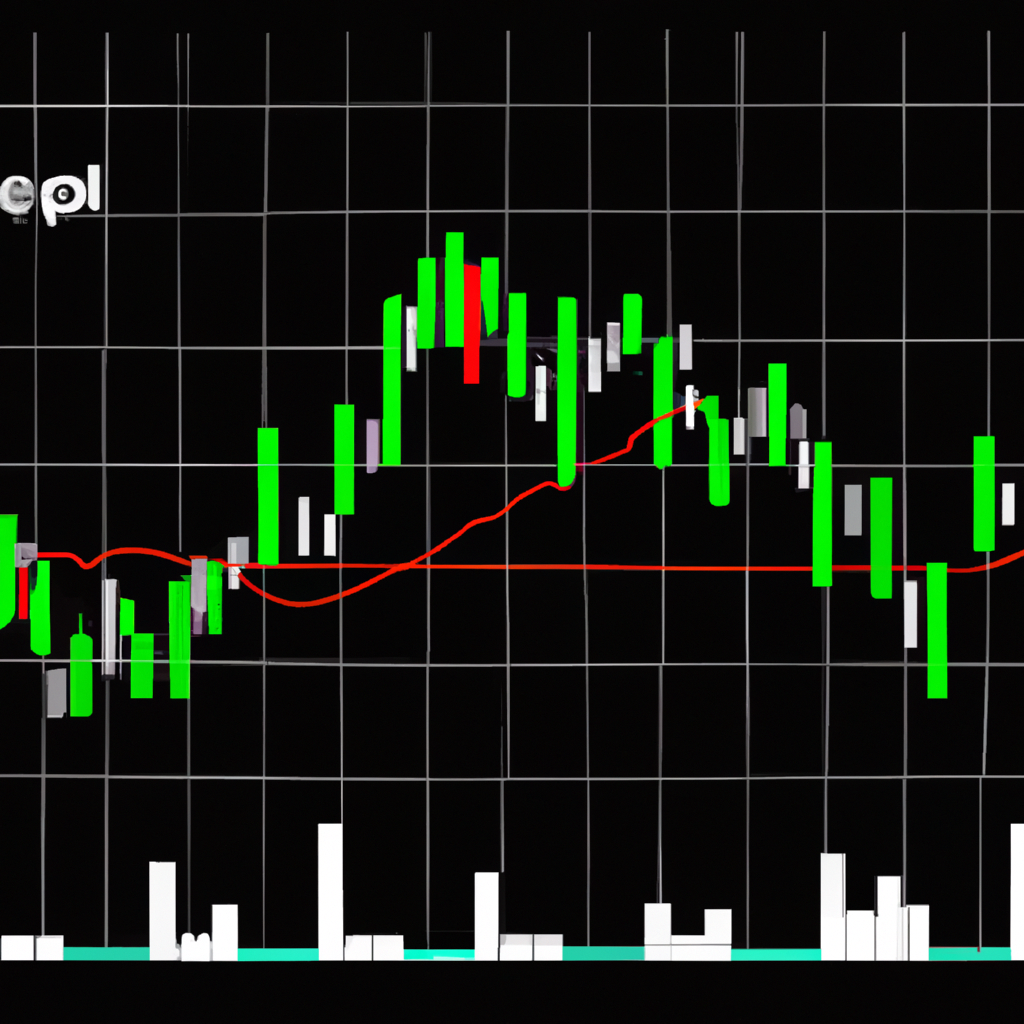Volume Analysis in Trading: Understanding the Power of Volume
Introduction
When it comes to trading, there are numerous tools and indicators available to help traders make informed decisions. One such tool that often goes unnoticed but holds immense significance is volume analysis. Volume analysis refers to the examination of the number of shares or contracts traded in a particular security or market during a given period. By studying volume patterns, traders can gain valuable insights into market trends, price movements, and potential trading opportunities. In this article, we will delve deeper into volume analysis and explore its importance in trading.
The Basics of Volume Analysis
Volume analysis involves analyzing the trading volume of a security, which represents the total number of shares or contracts traded during a specific timeframe. It is typically displayed as a histogram at the bottom of a price chart, allowing traders to visualize the volume patterns alongside price movements.
Volume analysis can provide several key insights:
- Confirmation of Price Movements: Volume can confirm the strength or weakness of a price movement. Higher volume during an upward move suggests increased buying pressure, while higher volume during a downward move indicates increased selling pressure.
- Identification of Reversals: Volume analysis can help identify potential reversals in the market. A sudden surge in volume after a prolonged price trend may indicate a possible trend reversal.
- Support and Resistance Levels: Volume analysis can reveal significant support and resistance levels. Higher volume at these levels suggests increased buying or selling interest, making them crucial areas to watch for potential breakouts or reversals.
- Confirmation of Breakouts: Volume analysis can confirm the validity of a breakout. A breakout accompanied by high volume is considered more reliable than a breakout with low volume, as it indicates strong market participation.
Using Volume Indicators
In addition to analyzing volume patterns visually, traders often use volume indicators to gain a better understanding of market dynamics. These indicators are mathematical calculations applied to volume data to provide additional insights. Some popular volume indicators include:
- On-Balance Volume (OBV): OBV measures cumulative buying and selling pressure by adding or subtracting volume based on the price movement. It helps identify divergences between price and volume, indicating potential trend reversals.
- Volume Weighted Average Price (VWAP): VWAP calculates the average price a security has traded at, weighted by volume. It is often used by institutional traders to assess the average price they paid for a position.
- Chaikin Money Flow (CMF): CMF combines volume and price data to measure the flow of money into or out of a security. It helps identify buying and selling pressure and can be used to confirm trends.
Limitations and Considerations
While volume analysis is a valuable tool, it is important to consider its limitations and use it in conjunction with other technical analysis tools. Here are a few factors to keep in mind:
- False Signals: Volume analysis, like any other indicator, is not foolproof and can generate false signals. It is essential to combine volume analysis with other technical indicators to validate trading decisions.
- Illiquid Markets: In illiquid markets with low trading volume, volume analysis may not provide reliable insights. It is typically more effective in highly liquid markets with active participation.
- Context and Timeframes: Volume analysis should be interpreted in the context of the overall market conditions and the timeframe being analyzed. What may appear as a significant volume spike on a daily chart might be insignificant on a weekly chart.
Conclusion
Volume analysis plays a crucial role in understanding market dynamics and making informed trading decisions. By examining volume patterns and using volume indicators, traders can gain valuable insights into price movements, trend reversals, and potential trading opportunities. However, it is important to use volume analysis in conjunction with other technical analysis tools and consider its limitations. With a thorough understanding of volume analysis, traders can enhance their trading strategies and increase their chances of success in the dynamic world of trading.



